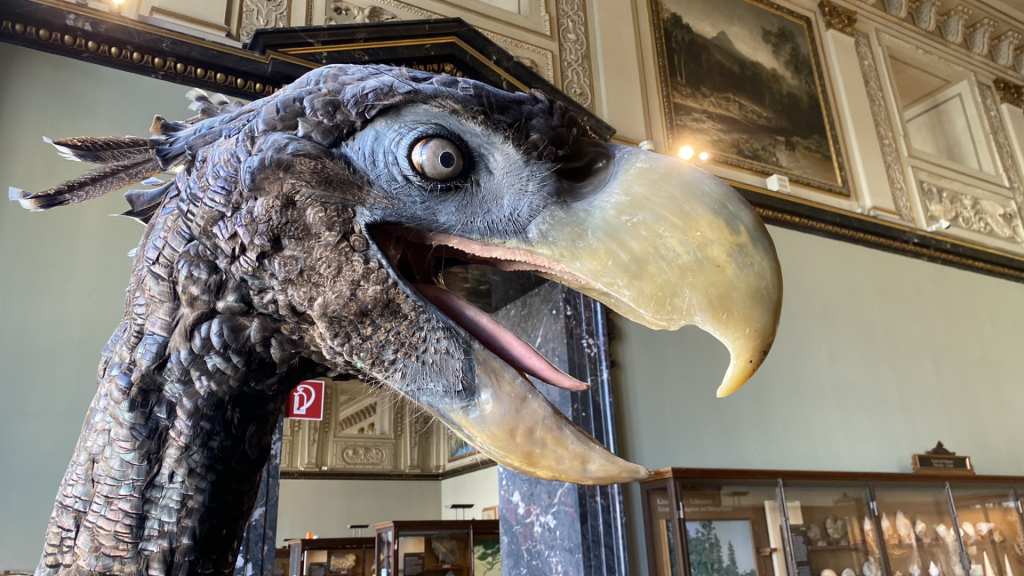Paleontologists in Colombia have uncovered a rare fossil of a massive, flightless “terror bird”.
Others are reading now
Scientists have unearthed the fossilized leg bone of a colossal phorusrhacid, commonly known as a “terror bird,” dating back 12 million years in Colombia’s Tatacoa Desert.
These large, carnivorous, flightless birds, known scientifically as Phorusrhacidae, were among South America’s top predators during the Cenozoic Era.
A Predator Unlike Any Other
Standing between 3 and 6.6 feet tall and weighing up to 154 pounds, terror birds were swift runners with powerful legs.
Dr. Siobhán Cooke of Johns Hopkins University explains that the bird’s skull and beak were uniquely adapted to hunting, making it a highly efficient predator of its time.
Also read
“Terror birds lived on the ground, had limbs adapted for running, and mostly ate other animals,” Cooke said.
This fossilized leg bone suggests that the newly discovered terror bird could be the largest member of the species found to date—approximately 5–20% larger than other known specimens.
The find is also significant for its location, marking the northernmost evidence of a terror bird in South America so far.
The Tatacoa Desert’s fossil record shows a remarkably diverse ecosystem.
The fossil of this bird is marked with potential teeth marks from Purussaurus, a now-extinct caiman species that could grow up to 30 feet long, suggesting the bird may have been fatally injured by the massive predator.
Coexisting Giants
Besides massive caimans, terror birds shared their environment with giant ground sloths, hoofed mammals, and glyptodonts—ancient armadillo relatives as large as cars.
“It was a different ecosystem than what we see today, with remarkable diversity before the Americas were connected,” Dr. Cooke noted.
According to SciNews, the team’s findings will be featured in an upcoming issue of Papers in Palaeontology.


